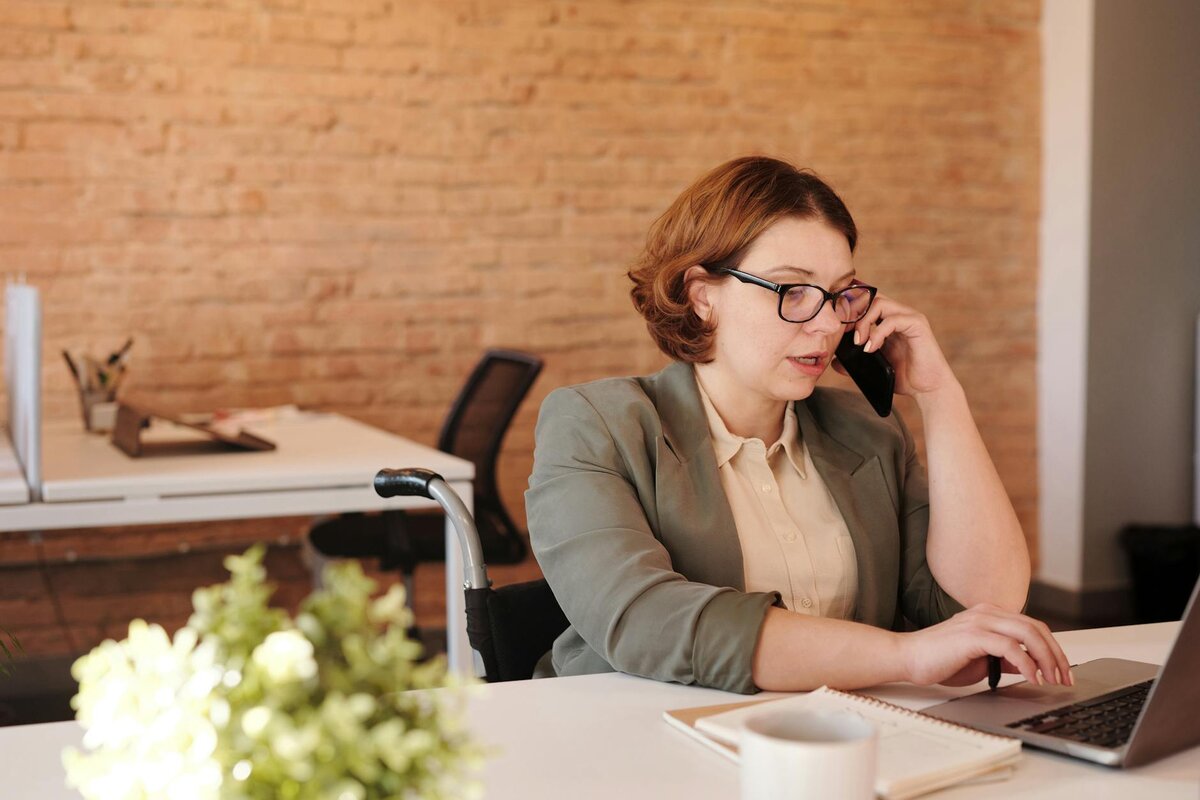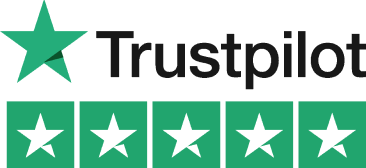Let's Simplify
Not sure how to add VAT to a price? Don't worry, you're not the only one!Whether you’re just getting started with VAT or need a refresher, working out what to charge can feel more complicated than it really is.
The good news? Once you know the VAT rate and a simple formula or two, adding VAT becomes second nature.
If you’re looking for an easier way to handle it all, the Pie Tax app helps you track, file, and stay compliant, without the jargon.
Or if you’re just here to understand the basics, let’s break it down clearly and simply!
What Is VAT and When Do You Need to Add It?
Let’s clear this up. VAT, or Value Added Tax, is basically a sales tax added to most goods and services in the UK.
You’ve probably paid it loads of times without even realising, like when you bought a new phone or paid for a plumber. It’s baked into the price more often than not, which is why most people don’t spot it.
Now, if you’re running a business, VAT starts to matter a whole lot more. Once your taxable turnover hits £90,000 in any 12-month period (as of 2024/25), you legally have to register for VAT with HMRC. That’s when you start charging VAT on your sales and sending it off to the tax man. Fun, right?
Most goods and services are VATable. Think electronics, software, consultancy, trades. But there are some quirks too: children’s clothes and most food are zero-rated, and some things like postage stamps and children's car seats are VAT exempt. It’s weirdly specific, so always double-check the list on the gov.uk VAT site!

The Standard VAT Rate in the UK (2025 Update)
VAT’s still going strong in 2025, and if you’re running a business, it’s good to know which rate to charge (and when!). Here’s the quick breakdown:
20% (Standard rate) – This is the default for most things. Think tech, clothing, furniture, takeaway food, and most services. If you sell it and it’s not specifically reduced or zero-rated, this is probably the rate you’re using.
5% (Reduced rate) – This covers a few essentials like home energy and children’s car seats. It’s the government’s way of softening the cost on everyday basics.
0% (Zero rate) – Applies to things like children’s clothes, most food, books, and public transport. You don’t charge VAT, but you can still reclaim VAT on related costs, which is handy.
What’s new in 2025? Private school fees are now subject to 20% VAT from 1 January 2025. So if that’s relevant to your business or your family, it’s worth budgeting for!
How to Add VAT to a Net Price
Calculating VAT to add to a net price is one of those things that sounds harder than it is, but once you know the formula, it’s a breeze.
The simplest way? Just take your net price (that’s the price before VAT) and multiply it by 1.20 if you’re applying the standard 20% VAT rate. So if you’re charging £100 for a service, just do £100 × 1.20 = £120. That extra £20 is the VAT you’ll owe to HMRC.
And don’t forget: if you’re VAT-registered, you’ll usually need to show VAT separately on invoices, especially if you’re invoicing other businesses. That means breaking it down clearly: net amount, VAT amount, and the total.
It’s all about keeping things clear and accurate: for you, your customers, and HMRC.
Want a shortcut? The Pie Tax app can handle all the VAT calculations for you, so you don’t have to second-guess a thing!

How to Work Out VAT from a Gross Price
Sometimes you’ve got the gross price (that’s the total with VAT already included), but you need to work backwards to figure out how much of it is VAT. Don’t worry, it’s easier than it sounds.
The go-to formula? Gross price ÷ 1.20 = Net price (if you’re working with the standard 20% VAT rate). So if your total price is £120, divide by 1.20 and you’ll get £100 as the net price. That means the VAT portion is £20.
This trick is super useful if you’ve quoted a total price to a customer and now need to break it down on an invoice, or just want to check how much VAT you’re actually passing on to HMRC.
One common mistake? Dividing by 20 or trying to take 20% off the gross price: that won’t give you the right result. Always divide by 1.20, not subtract 20%.
It’s a small detail, but it makes a big difference!
Charging VAT: Best Practices for UK Businesses
If you’re VAT-registered, getting VAT right is key: charge it wrong, and you could end up with a headache from HMRC.
Start by checking what VAT rate applies to what you sell. The standard rate is 20%, but some things, like children’s car seats and home energy, get the 5% reduced rate. Essentials like most food and kids' clothes are zero-rated, meaning no VAT is charged, but you can still reclaim on related costs.
Keep your records tidy, VAT invoices, calculations, payments, the lot. It’ll save you stress when it’s time to file, and keep you in HMRC’s good books. A simple VAT calculator can help you work out the right amounts without overthinking it.
If your taxable turnover goes over £85,000, registration is a must. And don’t forget about the VAT tax point, that’s when VAT becomes due, so you know when to apply it.
Stick to the basics, stay organised, and VAT won’t be nearly as scary as it sounds!

When You Shouldn’t Add VAT to a Price
Not everything in the UK is subject to VAT, so before you tack it onto a price, it’s worth knowing when not to.
Some items are zero-rated, which means they’re still VATable but charged at 0%. Businesses can reclaim VAT on related costs, but they don’t charge it to customers. This includes things like children’s clothing, most food, and books. Additionally, certain goods may be temporarily zero-rated by the government to stimulate trade.
Then there are VAT-exempt goods and services. These fall completely outside the VAT system, so not only do you not charge VAT, but you also can’t reclaim VAT on related expenses. Examples include insurance, education, and postage stamps.
Charging VAT when you shouldn’t can cause all sorts of issues: overcharging customers who are incorrectly charged VAT, potential refunds, or worse, landing in hot water with HMRC.
It’s one of those admin errors that’s easy to make but messy to fix!
Common Mistakes To Avoid When Adding VAT
Even if you’ve been charging VAT for a while, it’s easy to slip up, especially when things change or get busy. Here are a few of the most common mistakes businesses make when adding VAT to prices:
Using the wrong rate – Not everything is 20%! Some items qualify for 5% or 0%, so it’s important to check whether your product or service falls under a special category. HMRC’s list is your best friend here.
Charging VAT on exempt or zero-rated items – If something’s zero-rated, you charge 0% VAT but can still reclaim input VAT. But exempt items, like insurance or certain financial services, mean you don’t charge VAT at all, and you can’t reclaim anything either. Easy to mix them up.
Confusing net and gross prices – It happens more often than you'd think. Always be clear on whether your prices include VAT (gross) or don’t (net), especially on quotes or invoices.
Forgetting to update after changes – Budget announcements can shake things up. For example, private school fees became VATable in 2025, so staying on top of HMRC updates is key.
A small mistake can lead to overcharging, undercharging, or admin headaches, so it pays to get it right!
Final Thoughts
We know VAT might seem like a lot to get your head around at first! Between the different rates, formulas, and when to charge it or not.
But once you’ve got the basics down, it becomes much more manageable. Whether you’re just figuring out how to add VAT to your prices or checking if something’s zero-rated, a little clarity goes a long way.
And if you'd rather skip the spreadsheets and second-guessing? The Pie Tax app takes care of all the VAT faff, from working out rates to filing returns, so you can focus on actually running your business.
Simple, smart, and stress-free!

Simplify VAT with a Tool That Just Works
The Pie Tax app takes the hassle out of VAT, helping you log expenses, file returns, and keep your records in check, all in one place. It’s built for busy business owners who want less faff and more clarity.
You’ll get gentle nudges and smart support along the way, so you’re never caught off guard.
Sort your VAT the easy way. Try Pie Tax today.




